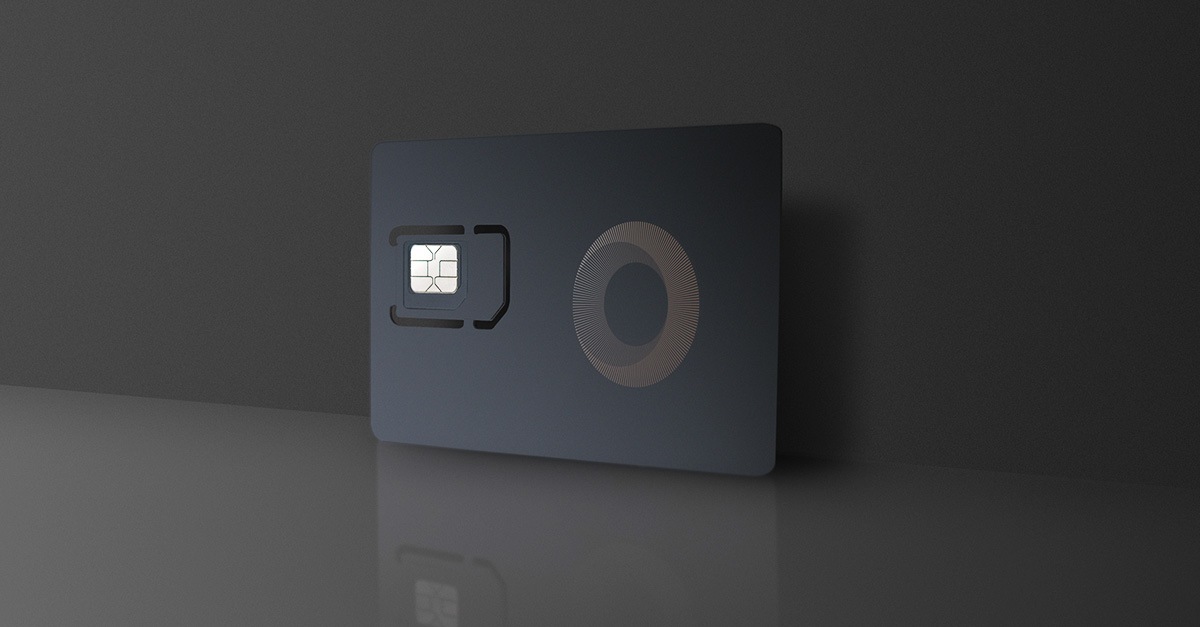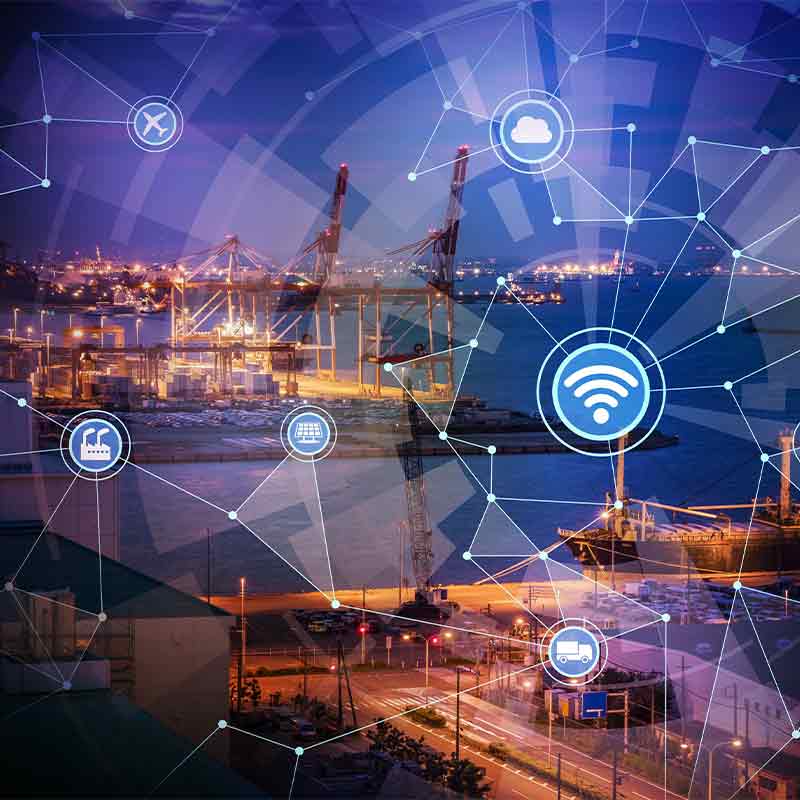Managed IoT Connectivity Services Essential Information on IoT Connectivity
In the realm of Internet of Things (IoT) connectivity, 4G and 5G symbolize two distinct eras, every providing distinctive features that cater to varying application demands. One of the most significant differences lies in the speed of information transmission. 5G technology boasts incredibly excessive information charges, usually reaching up to 10 Gbps in perfect situations. In distinction, 4G networks usually deliver speeds around 100 Mbps to 1 Gbps, which can be limiting for certain IoT applications that require rapid information change.
Latency is one other critical differentiator. 5G networks promise ultra-low latency, typically in the vary of 1 millisecond. This is a drastic enchancment over 4G, which has a latency vary of 30 to 50 milliseconds. For purposes similar to autonomous automobiles or remote surgical procedure, where real-time data switch is important, the low latency of 5G is invaluable.
The number of units that can be connected to a network additionally diverges considerably between 4G and 5G. 4G can help around 2,000 gadgets per square kilometer (IoT Cloud Connectivity). However, 5G technology can accommodate up to one million gadgets in the same space. This capability is significant because the variety of connected IoT units continues to surge, necessitating a network that can effectively manage the elevated demand.
IoT Connectivity Pricing Enterprise Managed IoT Connectivity Services
Energy efficiency is another space the place 5G holds an advantage. IoT devices powered by 5G can function at decrease energy ranges, extending battery life and reducing costs associated to energy consumption. While 4G networks are reasonably environment friendly, the developments in 5G technology enable more optimized knowledge transmission strategies suited to battery-operated devices.
The architecture of 5G networks also differs from that of 4G. 5G employs a extra flexible, software-defined network model that permits for community slicing. This means particular parts of the community can be tailored to meet the necessities of various applications, whether they demand high velocity, low latency, or expansive protection. In distinction, 4G networks sometimes provide a one-size-fits-all method, which limits their adaptability.

Security is a paramount concern in IoT connectivity, and 5G networks are designed with enhanced safety protocols. This contains improved encryption and authentication mechanisms, which defend knowledge because it travels between units and servers. While 4G does offer some level of security, the developments in 5G provide a extra strong framework to safeguard sensitive data in an increasingly interconnected world.
Coverage space is another area of distinction. While 4G networks have established broad protection, 5G networks are still being deployed and will have much less in depth reach in sure geographic locations. However, the evolution of 5G is anticipated to rapidly broaden coverage over time - Cloud Connectivity In IoT. Additionally, 5G's capability to work extra successfully in dense urban areas signifies its potential to alleviate network congestion.
Cellular Connectivity Providers For IoT Pros and Cons of Top IoT Connectivity Technologies
Interference administration additionally showcases variations between the 2 technologies. 5G employs superior technologies like beamforming, which directs signals toward specific devices rather than broadcasting them broadly. This leads to better signal strength and high quality, particularly in crowded environments. Conversely, 4G's broader broadcasting can generally battle in densely populated areas, resulting in sign interference.

The forms of applications suited to 4G versus 5G networks further illustrate their variations. 4G is enough for typical cell applications like streaming movies or social media. In contrast, 5G is extra fitted to complicated, low-latency tasks, similar to telemedicine, remote monitoring in healthcare, and smart cities, the place real-time data processing is important.
Cost implications also range between 4G and 5G implementations. While 4G networks have been established for years and the infrastructure costs are comparatively steady, the initial funding for 5G technology could be considerably greater. These prices are associated with new base stations, hardware, and the transition interval required for community upgrades. However, the long-term benefits of 5G, corresponding to operational efficiency and enhanced capabilities, might justify these preliminary bills.
M2M IoT Connectivity Comprehensive Guide to IoT Connectivity Technologies
When looking into future potential, 5G networks are designed with scalability in mind. This progress functionality stands in stark distinction to 4G, which may face limitations as the variety of linked gadgets skyrockets. The flexible and adaptive nature of 5G suggests that it could accommodate progressive applications arising from developments in AI and machine learning, paving the way for a extra interconnected ecosystem.
In conclusion, the variations between 4G and 5G IoT connectivity are profound. From velocity and latency to scalability and energy efficiency, every expertise caters to distinct needs inside an ever-growing digital panorama. While 4G Home Page has been a stable basis for IoT purposes, the enhanced capabilities of 5G technology are set to revolutionize how gadgets communicate, making it an essential participant in the future of connectivity. Recognizing these differences might help businesses and builders strategically approach their IoT deployments, ensuring they leverage the suitable expertise to meet their goals.
- 5G IoT connectivity provides significantly higher knowledge transfer charges in comparison with 4G, enabling faster communication for units.
- The latency in 5G is drastically reduced, permitting for near real-time information exchange, which is essential for purposes like autonomous autos.
- 4G networks have limited gadget density capabilities, while 5G can assist millions of gadgets per square kilometer, enhancing scalability for IoT options.
- 5G employs superior technologies similar to beamforming and community slicing, which optimize network efficiency for specific IoT purposes.
- The energy efficiency in 5G networks is improved, facilitating longer battery life for IoT units, which is vital for distant and mobile utilization.
- 4G primarily focuses on mobile broadband, whereas 5G allows enhanced machine-type communications, catering particularly to IoT needs.
- 5G offers enhanced reliability and security features, which are important for critical IoT purposes in healthcare and industrial automation.
- The structure of 5G allows for edge computing, minimizing information latency by processing information closer to the place it's generated, in contrast to 4G.
- 4G networks face congestion points with increased users, whereas 5G’s superior infrastructure mitigates this problem, offering higher user experience.
- 5G’s flexibility in deployment and assist for various use cases makes it more adept at adapting to numerous IoT environments in comparison with 4G.undefinedWhat are the main technological differences between 4G and 5G for IoT connectivity?undefined4G know-how depends on LTE architecture and primarily focuses on cellular broadband. In distinction, 5G is designed for larger effectivity with decrease latency, enhanced capacity, and improved reliability, enabling a larger number of units to attach concurrently.
Internet Connectivity Principles In IoT Ultimate Guide to IoT Connectivity
How does the latency differ between 4G and 5G?undefinedLatency in 4G networks typically ranges from 30 to 50 milliseconds, whereas 5G latency can be lowered to as low as 1 millisecond. This decreased latency enhances real-time responsiveness for IoT purposes like autonomous automobiles and distant medical procedures.
What is the difference in network capacity between 4G and 5G?undefined4G networks can support thousands of connected devices per sq. kilometer. 5G considerably will increase this capability, accommodating as much as one million units per square kilometer, making it ideal for densely populated areas and numerous IoT functions. IoT Connectivity Security.
How do power effectivity levels evaluate between 4G and 5G for IoT devices?undefined5G expertise improves energy efficiency because of its advanced options like network slicing and energy-saving sleep modes. This permits IoT devices to function longer on battery without compromising efficiency, which is crucial for distant sensors and devices within the subject.

Can 5G help extra IoT purposes than 4G?undefinedYes, 5G's enhanced pace, capability, and decrease latency enable it to assist various IoT functions that require real-time data processing, such as smart cities, industrial automation, and connected healthcare, all of which may be visite site challenging on 4G.
What Is IoT Connectivity? Explanations and Solutions for IoT Connectivity
What are the implications of these differences for businesses utilizing IoT?undefinedBusinesses leveraging IoT can count on elevated efficiency and better performance with 5G due to its capacity to assist a larger number of devices and functions, resulting in improved operational capabilities, lowered costs, and enhanced buyer experiences.
Will transitioning from 4G to 5G be necessary for IoT devices?undefinedWhile 4G will proceed to perform for the foreseeable future, the transition to 5G will provide important advantages. Businesses and industries aiming for top performance and scalability in their IoT functions ought to think about upgrading when feasible.
Connectivity Management IoT Reviews of Managed IoT Connectivity Services
How does 5G enhance safety for IoT units in comparison with 4G?undefined5G networks incorporate superior security protocols and built-in encryption strategies, enhancing data integrity and confidentiality. This heightened safety is essential because the number of related IoT gadgets continues to develop, mitigating potential vulnerabilities.
What is the cost impression of adopting 5G for IoT connectivity in comparison with 4G?undefinedWhile the preliminary setup and infrastructure costs for 5G may be higher, the long-term advantages include enhanced efficiency, reduced operational prices, and potentially lower maintenance prices. Businesses may discover that the funding pays off through improved effectivity and new revenue opportunities.